Parallel Parking At Eighty Miles An Hour
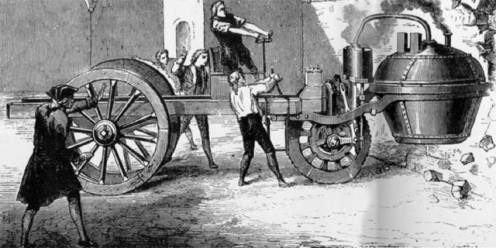
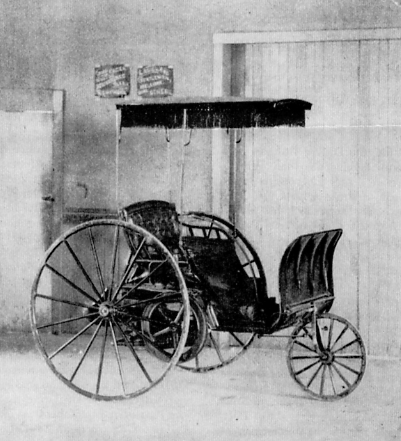
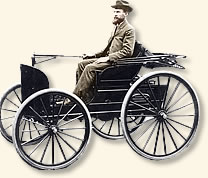
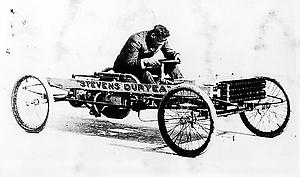
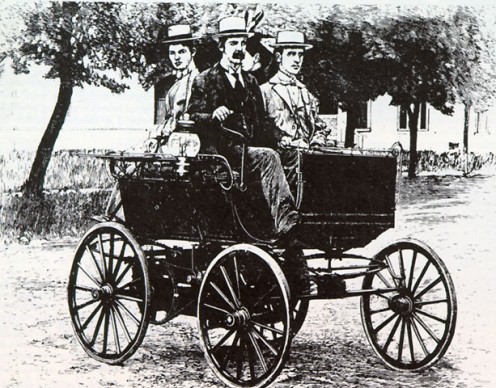
Parallel Parking At Eighty Miles An Hour
Obligations have held me far too long.
I have need for speed, right or wrong.
I’ve left responsibilities; I’m now in a hurry.
Like insects and animals, now we must scurry.
All lanes are blocked as I look up the road,
But I must hurry to my humble abode.
Two dozen cars are up ahead.
Being tardy is what I most dread.
It’s bumper to bumper but I can’t wait.
All will be lost if I hesitate.
I need to go worship or just get to the house.
Dinner waits, or my dear sweet spouse.
I should be exempt from driving rules,
Cause I can drive better than these other fools.
I’m more talented and have more sense.
Why, I’m even full of arrogance.
I can’t be concerned about being rude.
Being late will ruin my mood.
The cars ahead are about twenty deep,
But the vehicles ahead are full of sheep.
It may be dangerous but I’ll find a crack.
Dozens of drivers are holding me back.
It’s really a huge rush of adrenalin.
I’ll push my luck, I’ll just force my way in.
I’ll pass on the right with speed and power,
And parallel park at eighty miles an hour.
Parallel Parking At 80 Miles An Hour
Two brothers, Charles Duryea and Frank Duryea, were bicycle makers who became interested in the new gasoline engines and automobiles. They became America's first gasoline powered commercial car manufacturers
The Duryea brothers' first automobile was constructed and successfully tested on the public streets of Springfield, Massachusetts on September 20 1893, . Charles Duryea founded the Duryea Motor Wagon Company in 1896, and it was the first company to manufacture and sell gasoline powered vehicles.
In March 1896, Charles and Frank Duryea offered for sale the first
commercial automobile, the Duryea motor wagon.It took no longer than two months for Henry Wells of New York City to hit a bicyclist with his new Duryea. The cyclist suffered a broken leg. Wells spent a night in jail.
Here we have recorded history of a cyclist being hit by a car and a motorist getting a slap on the wrist for it. Cars have been running over bicyclists and other cars ever since.
The world's first automobile accident may have occurred in Ohio City, Ohio in 1891. There is another "recorded event" stating otherwise. But, let's run with this one.
Throughout most of the twentieth century, the city of Detroit, Michigan, was synonymous with American automobile manufacturing. In the late nineteenth and early twentieth centuries, that was not the case. Instead, Ohio innovators in Cleveland and elsewhere were at the forefront of this new form of transportation technology.
Because of Ohio's important role in the early automobile industry, the state was the site of numerous firsts in automobile history. Among these firsts was the first automobile accident. In 1891, James William Lambert was involved in the first automobile accident in world history. The accident occurred in Ohio City, Ohio. Lambert's vehicle -- the first single-cylinder gasoline automobile, which was carrying Lambert and James Swoveland, hit a tree root, causing the car to careen out of control and smash into a hitching post. Injuries from this accident were minor. Lambert proceeded to patent over six hundred inventions, mostly affiliated with the automobile industry.
The world’s first road traffic death involving a motor vehicle is alleged to have occurred on 31 August 1896. An Irish scientist Mary Ward died when she fell out of her cousins' steam car and was run over.
Over one percent of the American population is involved in a serious (causing personal injury) motor vehicle accident (MVA) each year and a majority will experience at least a minor MVA by the age of 30. MVAs are considered the leading cause of post-traumatic stress disorder (PTSD) in the general population and car accidents are the number one trauma for men and the second most frequent trauma for women, according to a new book that examines updated research on PTSD among car accident victims and some effective treatments for the disorder.
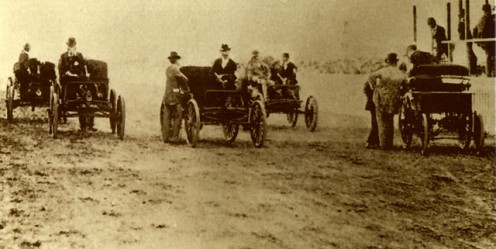
Percentages
Motor vehicles accidents account for more deaths than all natural disasters combined. In fact in the United States your chances of being injured in an motor vehicle accident is better than one in a thousand, in any one year. If you are a male, than you are twice as likely to die in a motor vehicle accident than if you are a female. Yet, if you are a female you are slightly more likely to be injured. The ages of 16 and 24 are the most dangerous for both sexes. Between the ages of 16 and 64 alcohol figures into over 20% of all fatal accidents, and between the ages of 21 and 44 almost 50% of all fatalities. Between the ages of 16 and 44 the fatality rate has declined since 1975. The most significant decline being in the 16 - 20 age group. About half of all property damage accidents result in injuries or fatalities. Since 1966 the rate of fatalities by population has fallen around 40%, by numbers of drivers over 50%, and by numbers of miles driven by almost 70%. We are driving a lot more miles and driving is still safer. As we are get older we are more likely to die as a pedestrian, but we are more likely to be injured the younger we are. Approximately 15% of people who die because of motor vehicle accidents are pedestrians, bicyclists or other wise not in motor vehicles. Over two thirds of people who die in vehicles are not properly wearing safety restraints. Your risk of dying in a motor vehicle accident is almost five times more likely in Mississippi than in Massachusetts. You are ten times more likely to die driving a motor cycle than if you are driving any other motor vehicle.
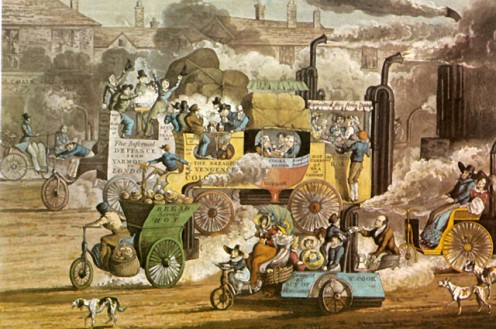
Definition
Many different terms are commonly used to describe vehicle collisions. The World Health Organization uses the term road traffic injury, while the U.S. Census Bureau uses the term motor vehicle accidents (MVA), and Transport Canada uses the term "motor vehicle traffic collision". Other terms that are commonly used include: auto accident, car accident, car crash, car smash, car wreck, motor vehicle collision (MVC), personal injury collision (PIC), road accident, road traffic accident (RTA), road traffic collision (RTC), road traffic incident (RTI), smash-up and fender bender.
As the factors involved in collisions have become better understood, some organizations have begun to avoid the term "accident," as the word suggests an unpreventable, unpredictable event and disregards the opportunity for the driver(s) involved to avoid the crash. Although auto collisions are rare in terms of the number of vehicles on the road and the distance they travel, addressing the contributing factors can reduce their likelihood. For example, proper signage can decrease driver error and thereby reduce crash frequency by a third or more.That is why these organizations prefer the term "collision" rather than "accident".
However, treating collisions as anything other than "accidents" has been criticized for holding back safety improvements, because a culture of blame may discourage the involved parties from fully disclosing the facts, and thus frustrate attempts to address the real root causes.
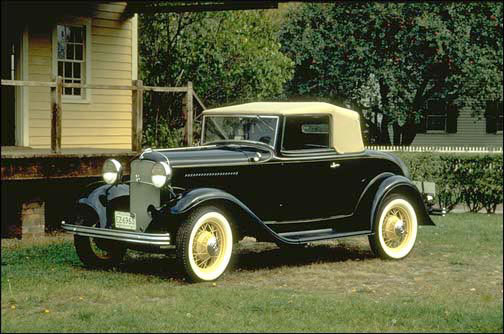
Causes
A 1985 study by K. Rumar, using British and American crash reports as data, found that 57% of crashes were due solely to driver factors, 27% to combined roadway and driver factors, 6% to combined vehicle and driver factors, 3% solely to roadway factors, 3% to combined roadway, driver, and vehicle factors, 2% solely to vehicle factors and 1% to combined roadway and vehicle factors.
Although proficiency in these skills is taught and tested as part of the driving exam, a 'good' driver can still be at a high risk of crashing because:
"the feeling of being confident in more and more challenging situations is experienced as evidence of driving ability, and that 'proven' ability reinforces the feelings of confidence. Confidence feeds itself and grows unchecked until something happens – a near-miss or an accident".
For example, although young people tend to have good reaction times, disproportionately more young male drivers feature in accidents, with researchers observing that many exhibit behaviors and attitudes to risk, that can place them in more hazardous situations than other road users.
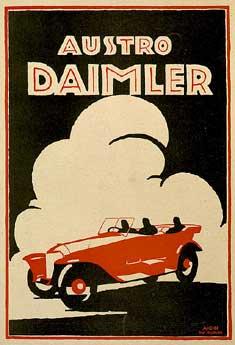
Statistics
17.9 00,000 accidents in 1980 - 53,200
11.500,000 accidents in 1990 - 43,800
10.700,000 accidents in 1995 - 43,400
13.400,000 accidents in 2000 - 43,400
18.300,000 accidents in 2002 - 45,400
11.8 00,000 accidents in 2003 - 44,100
10.900,000 accidents in 2004 - 44,900
10.700,000 accidents in 2005 - 45,500
10.400,000 accidents in 2006 - 44.700
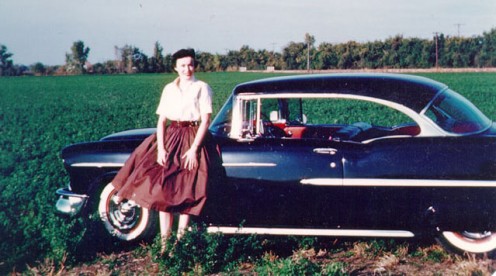
On Friday, November 13, 2009, I was traveling south on I-95. It could have been anywhere though. It could have happened anytime. People are in a hurry. Caution is thrown to the wind. Life is crowded, short, and there is little time to enjoy life, our loved ones, and peace. So, we hurry. So, we think we're the best country on Earth even as we push and pull each other to extremes.
The car was a red Toyota RAV4. The license was YZY7894. The car sped on the right side even though there was no where to go. The right lane was blocked further up. In the left lane cars were bumper to bumper. The red Toyota pulled into what looked like a parking space. Time after time this car did this, endangering everyone I could see. This driver repeated the maneuver again, again, and again. There was no where to go. Yet, arrogantly, the driver tried to force his/her car further up the column of vehicles.
I witnessed this for dozens of miles. The driver was making dangerous haste to arrive at the same position I was in and I was not driving like the fool that was driving the red Toyota.
The car exited at exit 22. I would have thought the driver was going to Miami instead of just to the southern border of North Carolina.
We need real "homeland security" about matters that matter most. We're more likely to be killed by other motorists than foreigners. Of course most of us here are foreigners.
It's useless to point this out to the DMV. They have so much feedback and are overwhelmed that they just "handle" the "complainers", very much like Sears or other corporations. Please- don't get me started!
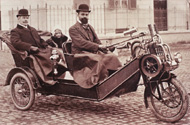
Driving Down I-95
When Love Leaves
- When Love Leaves
Gone are the days when I held her hand and she held mine. Gone are the laughter and smiles we left behind. No more tugging on my scruffy beard. No more telling me, Dad youre weird. I...
Vietnam 1968-1969 Or Was It Yesterday
- Vietnam 1968-1969 Or Was It Yesterday?
Some of this was written years ago. Some of it was written more than eight years ago, actually. So much has changed, like my address. I no longer own a bike shop or an inn or a home. My address has... - Who invented the automobile? (Everyday Mysteries: Fun Science Facts from the Library of Congress)
Question: Who invented the automobile? (Everyday Mysteries: Fun Science Facts from the Library of Congress)
The Long Distance Man
- The Long Distance Man
Have you seen the long distance man? He burns his bridges as fast as he can What has he seen? Where has he been? Is he always on the outside looking in? He cant look ahead for seeing the...
Mickeys Favorite Bicycle Descending Videos
- Mickey's Favorite Bicycle "Descending" Videos
The videos get better as you go toward the bottom. My favorite is probably at the bottom. You might turn your sound down a notch or three. The wind gets pretty loud. I've tried to add music and I've...
Charleston, SC-Micks Pics
- Charleston, SC-Mick's Pics
Out in the distance is the Ravenel Bridge connecting Charleston with Mount Pleasant. The "bridge" is host to "Wonders Way" which is named after Garrett Wonders. He was struck and killed while riding a...
A Tale Of Two Idiots A Poem By 50-Caliber & Micky Dee
- A Tale Of Two Idiots-A Poem By 50 Caliber & Micky Dee
This collaboration is between two old Marines who have been too close to the edge and looked in. They cant deny who theyve been but they arent quite what they were. You might want to have a Sailor...








